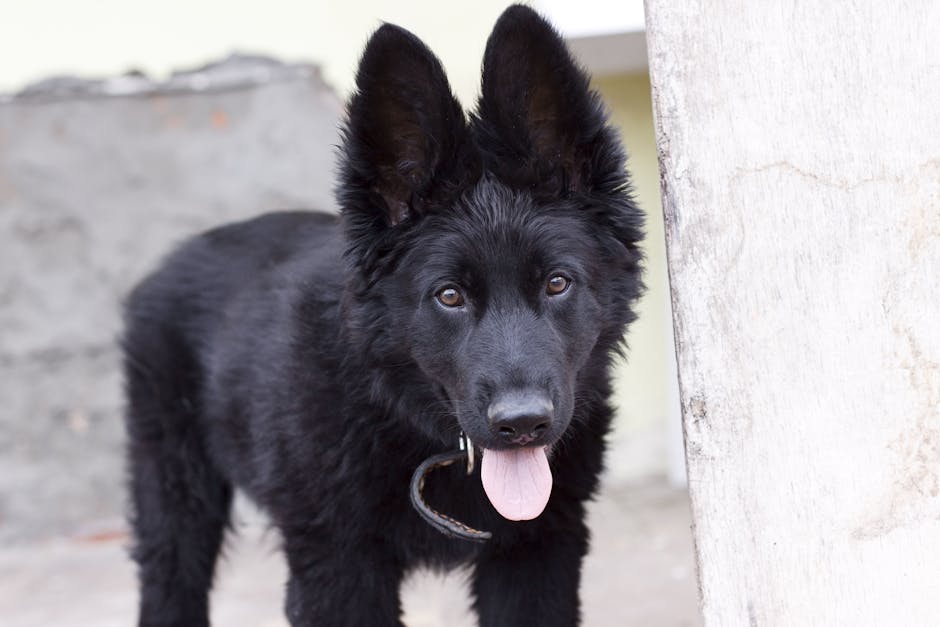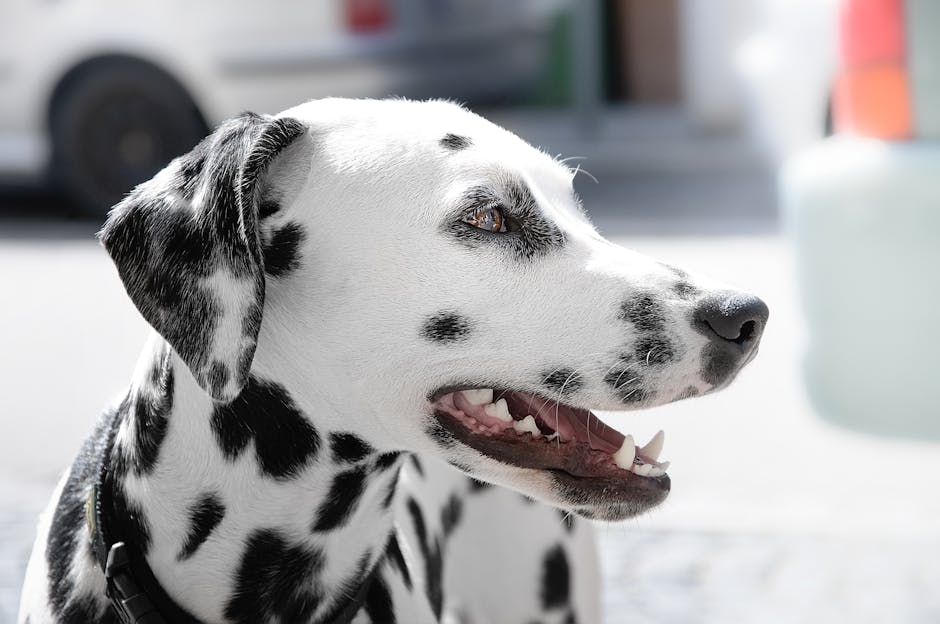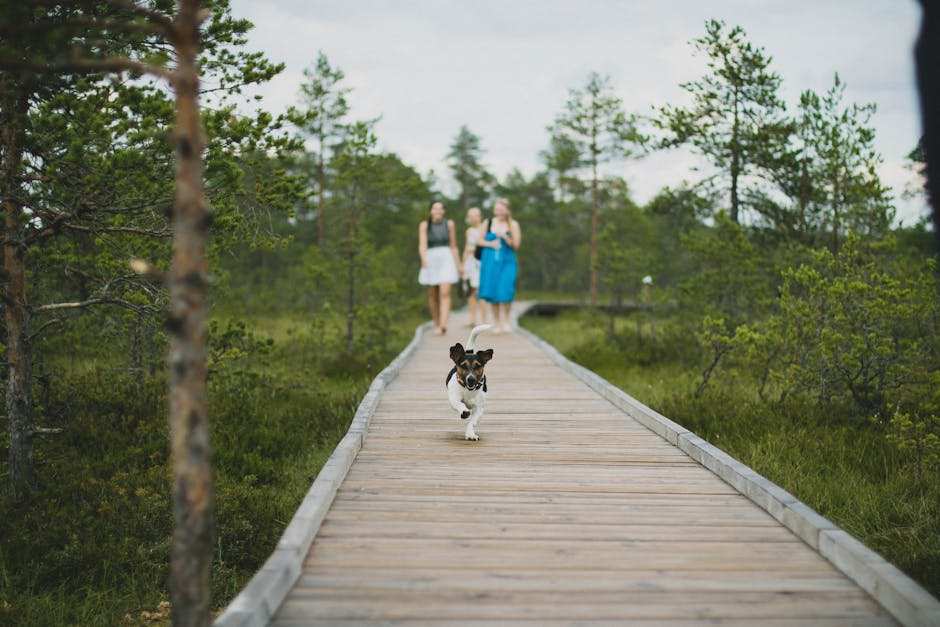The Best Dog Beds To Keep Your Dog Cool This Summer
Posted by Alicia Compton on
As you all know, Spring has finally sprung. We all know what this means. Summertime is right around the corner. It’s time to pull out the tank tops. Possibly even the flip flops. That is if your dog doesn’t like to step on your toes. But, that’s not all it’s time for it. The sun is going to be in full force. Beaming down on not only you. It will proudly beam down on your pooch, too.
I think there is one thing most everyone can agree on. Summertime is the perfect time to enjoy outside activities. You may even be taking a vacation to somewhere tropical. You’ll probably spend a lot of time outside, soaking up the sun rays. This is probably especially true if you have children AND pets.

Dehydration and Heatstroke in Dogs
Like with any season, there comes possible dangers. This is no exception when it comes to our pets. Our pets also have the chance of running into danger this summer. Two of these top dangers are heatstroke and dehydration.
In fact, Pet Republic states that almost 75% of Americans have suffered from dehydration. Veterinarians have expressed worry about the rising numbers of pets who suffer from dehydration, too. This is especially true as these numbers rise. These numbers are rising close to the percentage of Americans who have suffered from dehydration.
Pet owners must take action in order to bring this percentage down. This is easy to achieve with a little time, patience, and education.
What Causes Dehydration in Dogs?
According to PetWave dehydration can be caused by a disease, disorder, or condition. One of the main causes is a reduced intake of food and/or water. Your dog needs water to be able to function properly. If he’s lacking water intake, especially out exercising, dehydration is possible.
There are other causes behind dehydration, too. Two other popular reasons dogs become dehydrated are vomiting and diarrhea.
Like I said above, dehydration can be caused by a combination of different things. Dehydration can also be combined with a dog who is experiencing a heat stroke.

What Causes Heatstroke in Dogs?
Heatstroke in dogs is often caused by overexposure to the sun or not having access to cool drinking water for a period of time. Sometimes heatstroke is also caused by a pooch working past their true limitations. In summary, a dog experiences a heat stroke when he or she has trouble regulating their body temperature.
It’s a well known fact that dogs don’t quite tolerate heat very well. They often have trouble regulating their body temperature. Especially when we, as pet owners, don’t provide them with the correct tools.
Symptoms of a Heatstroke in Dogs
With Summer coming up, you’ll want to know the possible symptoms of a heat stroke in your dog. Of course, not all dogs will experience every single symptom. Some may only exhibit signs of one or two.
Vomiting and Nausea
Vomiting and nausea is a symptom that is possibly associated with many different causes. In fact, just because your dog vomits doesn’t mean he or she is suffering from a heat stroke. It’s possible it could be caused by something like a stomach bug.
But, at the same time, vomiting can be associated with a heat stroke. A dog who is overheated may vomit. They may also “dry heave” due to nausea. Your dog’s sickness may also be associated with eating foreign objects or poisonous plants.
That’s not all though. Bites, stings, and snake bites that your dog has got may result in a nasty case of vomiting. As well as a possible nasty case of nausea.

Lack of Energy
Lethargy, or lack of energy, is another common symptom. If your dog is lacking their usual pep in their step, there could be many reasons behind it. The reason behind your dog’s lethargy could be something as simple as they’re just plain tired!
So, when exactly should you start worrying? According to PetMD there are pretty much two reasons that should set off an alarm.
The first reason is if your dog has other symptoms that accompany their lethargy. Symptoms such as lack of appetite and not coming when you call them. Which are two symptoms you may notice with a heat stroke.
Another reason to worry is, of course, how long the lethargic episode lasts an extended period of time. Anything over 24 hours should definitely be brought to a veterinarian’s attention.
Lethargy can also be a symptom of dehydration, insect bites and/or stings, and snake bites.
Decreased Appetite
There’s one thing pretty much all dog owners know. Some dogs are just picky eaters. But, most won’t necessarily starve themselves. Most of them also won’t refuse something they absolutely love. Then again, some dogs will eat anything and everything in sight.
You should have your dog examined by a veterinarian if you a notice a lack of appetite. There are so many reasons behind why a dog won’t eat. Almost anything and everything includes the symptom “lack of appetite”. This is also true with heat strokes.
A dog who is overheated may not feel like eating. The same goes for a dog who has ingested a foreign object.
Noticing a decrease in appetite is also a common symptom when a dog gets a snake bite.

Excessive Panting
Remember, there’s always a fine line between “excessive” and “normal”. You know your dog best. Panting is actually a way a dog DOES cool him or herself off. You should worry when the panting is constant.
Dogs who excessively pant may be suffering from a heat stroke. It’s a pretty sure sign that your dog is having trouble regulating their body temperature.
Hyperventilation
You should definitely take note if you notice your dog’s breathing pattern has changed. A dog who starts breathing rapidly may be suffering from a heat stroke.
Neurological Changes
A dog who is suffering a heat stroke may also exhibit some signs of neurological change. These signs may include confusion and/or seizures.
If a seizure occurs, the best thing to do is to back away from the dog. The most important thing for YOU to do is to make sure he or she can’t get hurt doing the seizure.
Symptoms of Dehydration in Dogs
Dogs who suffer from dehydration often display the same symptoms as a dog who is overheated. Dehydration may actually even be a symptom of a dog who is having a heat stroke.
Change in Urine Frequency
You should take notice if your dog has a change in how often they urinate. In fact, a decrease in urination is a common symptom for dogs who are dehydrated.

Change in Gums
It’s actually important that you check your dog’s gums on a regular basis. Your dog’s gum color and feel can tell you a lot about how your dog is doing. In fact, gingivitis is common in dogs by the time they reach 3 years old!
Swelling and bleeding gums aren’t the only thing you should observe. Another important gum change you should observe is color. Normal, healthy gums in a dog are usually a nice shade of pink. You should worry when the gums become bright red, faded pink, and especially white.
Gums that appear white can actually signal anemia in a dog. VCA Hospitals explains that anemia is when your dog has a lowered number of red blood cells or reduced hemoglobin. In some cases, there may be a decrease in red blood cells and hemoglobin.
Anemia isn’t a disease. It’s usually triggered by something that is underlying. Dehydration can lead to anemia in dogs.
Your dog can also experience anemia if they ingest something they shouldn’t. Things like small toys or poisonous plants and/or foods.
In addition to gum color, you should also observe the feel of the gums. The gums should be a nice shade of pink AND moist. Tacky gums are another cause for concern. You’ll often see tacky gums in dehydration cases.
Comparing Dehydration and Heatstroke in Dogs
As I noted above, dehydration is often a side effect of a heatstroke. Some of the symptoms of heat stroke even mimic symptoms of dehydration. Dog’s who are suffering from dehydration may also have vomiting and diarrhea. They may also suffer from neurological changes.
Beds to Keep Your Dog Cool This Summer
Dehydration and heat stroke are probably the most common issues veterinarians see during the summer. There’s usually a main reason behind this. Some dog owners don’t realize they should keep their dog cool during the summer. Others simply don’t know how.
All you need is the right knowledge, consistency, and tools. One of those tools is the right dog bed. Some dog beds are great at regulating a dog’s body temperature. While other dog beds are made specifically to cool a dog off. There are even some that help keep a dog warm.

I don’t know about you, but I love laying in a cool bed. It’s the perfect way for me to unwind after a Summer day. I’m sure your dog would love to have this opportunity, too. Especially after a long day of frolicking outside on a hot Summer day.
There’s another great thing about beds that cool your dog down. Some of the dog beds are even made for outside! That’s perfect if your dog needs a quick cool down and rest. Especially if it’s not quite time for the family to go inside yet. This would even be a neat option for a family camping trip during the Summer.
Each bed is designed with special material. This material helps your dog cool off. Lowering, but maintaining their body heat, so they don’t run into a possible problem.
Gel Memory Foam Dog Beds
Gel memory foam dog beds are a great option for cooling a dog off. Especially if your dog suffers from arthritis. The gel cools them. But, the memory foam supports their joints. These beds offer your dog a definite cool, comfortable place to lay their head.
Gel Dog Mats
Gel mats made for dogs are another great choice for cooling your dog off. Just like the gel memory foam dog beds, they’re made with a cooling gel. These mats often sit low to the ground. So, they may not be the best choice for an older or arthritic dog.
But, they are a great option for cooling off your dog. Since these beds are on the “flatter” side, they lay close to the ground. Placing one on a cool tile floor can be a win/win situation for your dog. Especially between the cool gel and cool tile floor.

Raised Mesh Dog Beds
Beds that are raised and designed with mesh are often used to help a dog cool down, too. There is one GREAT thing about raised mesh dog beds. Raised mesh dog beds are often GREAT to use outdoor. This is because most are made of material that can sustain harsh conditions. Conditions such as heat and rain.
Enjoy This Summer With Your Dog
Regardless of your choice, a good bed is a tool you’ll definitely want any time of the year. For the summer months, though, it’s imperative to keep your dog cool. This is especially true if your dog is very active or older. You aren’t just investing money when you get a dog bed that cools. You’re also investing in your dog’s health.
Above all, there’s one thing you want to remember this summer. Take note of ANY signs of dehydration and/or heat stroke in your dog. If any symptoms appear, you’ll want to contact a veterinarian right away. The outcome is always brighter when the problem is treated as soon as possible.
Now it’s time for you and your dog to keep out there and enjoy the warm sunshine. Just make sure that you keep plenty of water handy. I hope soon you’ll be enjoying your toes in the sand. Of course while listening to waves nearby.
Share this post
- Tags: Beds & sofas, Pet Adventures, Pet Love, Pet Safety








